Gun Violence Versus Students
May 16, 2023
One, two, three, four, bodies hit the floor, five, six, seven, eight, how many is it going to take? A short poem written for the US federal government.
School shootings have become increasingly common in the US since the 1990’s, now more than ever, they are running rampant across America, killing hundreds of children, and psychologically affecting thousands more.
The shootings have sparked a conflict across the country between pro gun lobbyists and citizens that believe the second amendment is outdated and does not apply to the military grade weapons we have now. But is life, liberty, and the pursuit of happiness really up for debate?
Since Columbine in 1999, there have been 377 school shootings and more than 349,000 students psychologically affected, according to The Washington Post. While the US government does track the number of violent deaths and injuries that occur on school grounds; school shootings are not innately defined except on the graph.
The graph below shows the steady increase of shootings throughout all levels of schooling [not including colleges]. From 2020-2021 there were one-hundred and forty five shootings. That’s more than 3 times as many that occurred in 2016. 
A violent death is described as, “ a homicide, suicide, or legal intervention death in which the fatal injury occurred on the campus of a functioning elementary or secondary school in the United States,” defined by NCES. In the US, most of those deaths on school property are a result of gun violence.
In 2016 [the same year that had only thirty-eight school shootings compared to 145 in 2020-21], firearm deaths became the second leading cause of death of children in the US; the first being car accidents. The US had the highest ratio of child death due to guns, according to NCBI.

The data showed that for every 100,000 kids, 4 were likely to be killed by a gun. That doesn’t seem like such a big deal, but in 2016, the population of children from ages 5-19 was 62,224,700. Taking the information from the graph, that is roughly 2,500 kids that were likely to be killed by a gun. That is 2,500 families grieving from the loss of a child. As population and gun violence rise, those numbers will only continue to rise.
Mental Health
As we all know, fatalities and injuries only serve a small percent of damage done during a school shooting or threat. Along with the unimaginable pain that comes with the death of friends and families, crippling grief, PTSD, and anxiety run rampant through survivors and are highly ignored by lawmakers that debate whether or not banning automatic guns is worth it.
Mental health has become a very ignored topic in society, and with school shootings the statistics are startling. A study by the American Psychological Association found that nearly two-thirds of school shooting survivors report symptoms of PTSD, including anxiety, depression, and difficulty sleeping.
The emotional trauma experienced by survivors can last for years, and for some, the constant fear and anxiety may never go away. Victims may also struggle with feelings of guilt, and feeling isolated from everyone else, only exacerbating the existing mental toll.
Furthermore, the fact that child safety in schools has been compromised directly impacts learning, emotional/social development, and impairs students ability to focus.
While communities have worked to implement measures to prevent school shootings, psychological health is often overlooked. The need for counseling and support is extremely important in making sure survivors feel heard, and cared for by the people around them.
Students who have never dealt directly with an active shooting are affected and have increasing anxiety about coming to school.
“I fear dying at school, not knowing what’s going to happen or what threats are real or not,” said Catalina Darnell, a senior from Skyline High School, “It’s really scary to think about.”
Another graphic to look at is the shooter themselves. When lawmakers have repeated the notion that mental illness causes school shootings, they are not wrong, as there is a consistent trend with school shooters who struggle with their mental health. However, it is extremely insensitive to justify their actions because of this. It is difficult to empathize with anyone who willingly opens fire on a bunch of kids.
“Failure to address the root causes of school gun violence from all angles has lasting consequences for millions of American children” says Everytown.
All the talk of prevention needs to include mental health awareness. Not just for the survivors but also for the shooters. How many school shootings could have been prevented if bullying wasn’t prevalent, if a person got the help they needed from therapists and counselors, if there were more support groups to go to, if it wasn’t a dirty word to say you need help with your mental health.
What are lawmakers doing?
The big question America is asking right now is what the government is doing to combat the drastic increase in gun violence at schools. The answer is sadly not much.
While children and administrators have died at Uvalde, Nashville, Oxford, and countless other schools across the country, the government has entirely ignored the issue at hand. Guns kill people just as much as the person pulling the trigger. In police use of force training they learn “if a weapon is used as a weapon it is a weapon”, said criminal justice and forensics teacher Curtis Von Trapp from Skyline High School. Members of state and federal congress should take that into account when they so bravely say that guns don’t kill people, people do.
For example, just a year after the deadly Robb Elementary school shooting killing 21 people; Texas lawmakers have proposed a bill that, if passed, would allocate stipends [a fixed salary] of $25,000 to officials who sign up to train and become armed personnel while working on school property [House Bill 13].
The solution to gun violence can not be more guns. The safety of children should be the number one priority.
The concept behind the bill may be good, but in practice, bills like these have failed when implemented simply because of the fact that educators do not want to carry guns in their classrooms.
“I think guns have absolutely no place in schools,” said Von Trapp. “Student’s knowing that we have firearms on us, I don’t think it is going to make anyone feel safer.”
Some gun reform has started to be passed in the US. In Washington State, governor Jay Inslee [D] recently signed House Bill 1240 which is an assault weapons ban for more than 50 models of automatic assault rifles and pistols. Washington became the 10th state to partake in banning these kinds of guns [including California, Connecticut, Maryland, Delaware, Hawaii, Massachusetts, New Jersey, Illinois, and New York].
The bill only bans the sale and manufacture of these kinds of guns from the time of the signing, owners who were already in possession of these guns are allowed to keep them and may sell them to gun retailers. Even with this, the ban is still a huge step in the right direction when it comes to combating gun violence across the country.
While state legislatures have the power to ban assault rifles and allow armed school officials, the state has always been checked by the courts. Any citizen who has a problem with what is being passed can take it to the courts to get it overturned, sometimes going all the way to the Supreme Court to declare it unconstitutional. That is something that cannot happen to the federal government, because in the US, state law shall not supersede federal law.
In 1994, the federal government banned assault weapons after calls for reform starting in 1989 after the Cleveland elementary school shooting, the Luby’s shooting, and the 101 California Street shooting. The ban made it illegal to make semi automatic weapons and to own them, but anyone who already owned them were allowed to keep them at the time of enactment [similar to WA ban].
However, the ban expired in 2004 on a ten year tenure and despite the bill coming up multiple times since then, it has failed to pass.
“Democrats this week were once again asking how a person disturbed enough to use military-style weaponry on children could have such easy access to such weaponry” reported NPR after President Biden called for the reinstatement of the 1994 ban.
Many have made the argument that the weapons ban had no real impact on shooting statistics, but the 2019 Dimaggio et al. study looked at the effectiveness of the ban and concluded that “mass-shooting fatalities were 70% less likely to occur during the federal ban period.”
While children continue to be exposed to violence in what should be their safe space outside of home, the federal government has no intent to ensure the safety of students. The government instead focuses on cuts for education and healthcare, or banning a social media app. Thoughts and prayers mean nothing when action is not taken.
Silence is compliance.

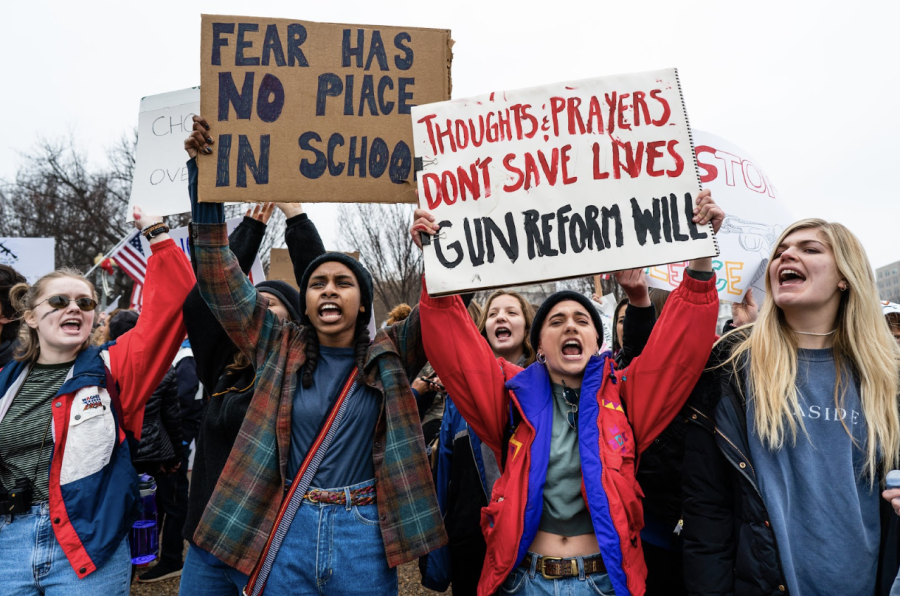

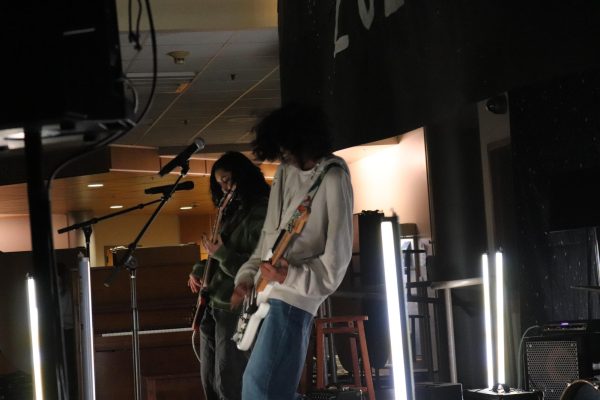
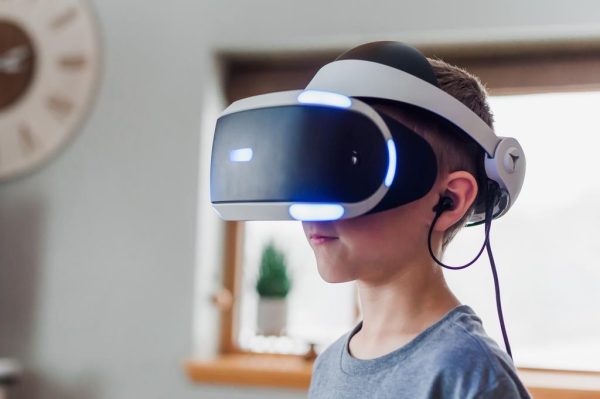
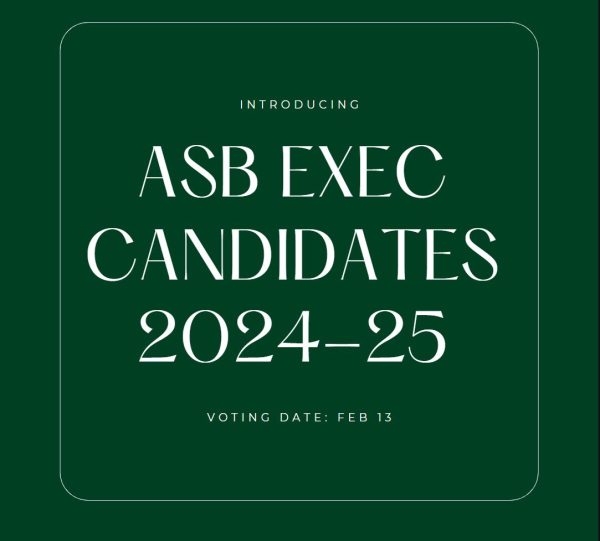

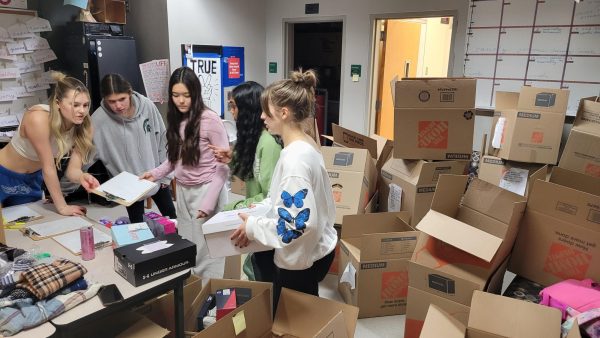
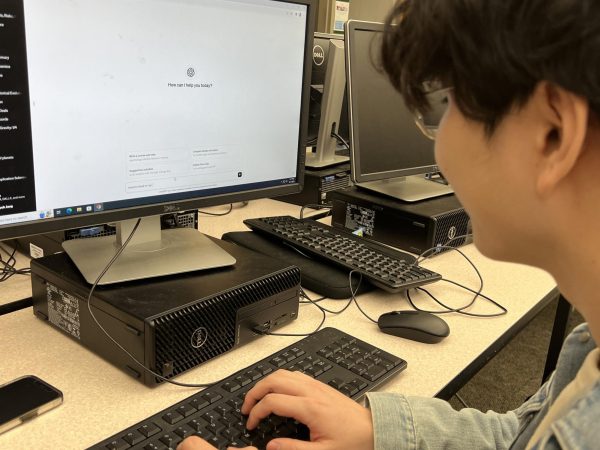
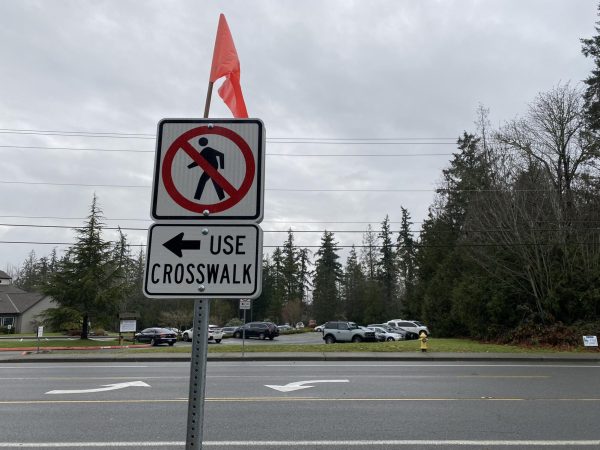


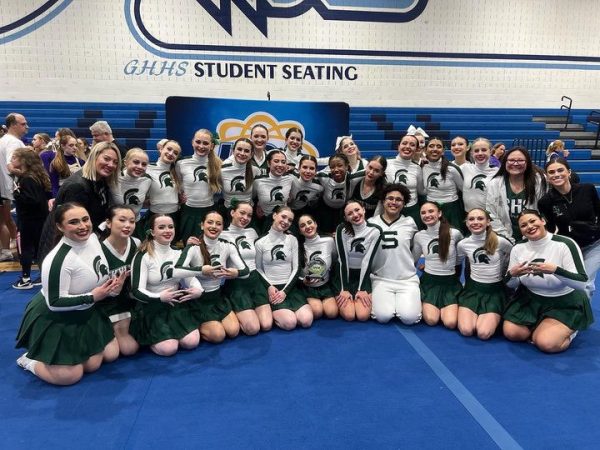
catalina darnell • May 16, 2023 at 2:33 pm
Soooo good!!!